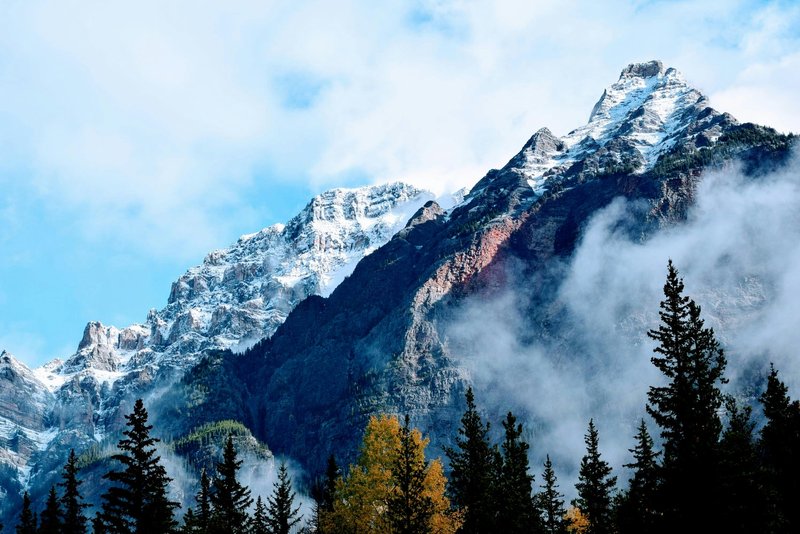
You might be wondering how these big cats manage to live in such diverse habitats. It all comes down to their incredible adaptability – their ability to modify behavior, diet, and hunting techniques based on their surroundings. Let’s dive into the world of mountain lions and explore the various strategies they use to survive in harsh climates.
Physical Adaptations
Mountain lions have developed some impressive physical traits that help them adapt to challenging environments. Their powerful bodies are built for speed and agility, allowing them to chase down prey in various terrains. For instance, strong limbs and a flexible spine enable them to leap great distances, making them excellent hunters.
Another key feature is their retractable claws, which they use for climbing trees or steep cliffs. This skill not only helps them escape danger but also allows them to find food sources that other predators can’t reach. Imagine a mountain lion effortlessly scaling a rocky ledge to hunt a deer hiding among the bushes below.
Additionally, their keen senses are crucial for survival. They can see well in low light, which is helpful during dawn or dusk when many prey animals are active. Coupled with an acute sense of smell and hearing, mountain lions can effectively track and stalk their next meal.
Behavioral Adaptations
Behavior plays a major role in how mountain lions survive. These cats are solitary hunters, which is vital for conserving energy. Instead of chasing down large herds, they tend to focus on individual prey, often using stealth to get as close as possible before making a quick attack. This hunting strategy is efficient, allowing them to thrive even when food is scarce.
Another interesting aspect is their territorial nature. Mountain lions establish vast territories that they patrol regularly, ensuring they have access to food and mates. These areas can vary greatly in size depending on the availability of prey and the competition they face. In regions with abundant food, their territories might be smaller, while in harsher areas, they may expand to find enough to eat.
Interestingly, mountain lions also exhibit social behaviors. While they prefer solitude, females will sometimes share territories with their young until they are old enough to fend for themselves. This nurturing behavior ensures that the next generation has the skills needed to survive in the wild.
Diet and Hunting Techniques
Diet plays a huge role in the survival of mountain lions. They are carnivorous and primarily hunt large ungulates like deer, elk, and even livestock in some areas. However, they are opportunistic feeders, meaning they adapt their diet based on what’s available. When larger prey is scarce, they may turn to smaller animals such as rabbits, squirrels, and even birds.
Their hunting techniques are fascinating too. Mountain lions often use the element of surprise, stalking silently and pouncing at just the right moment. They rely on their strong back legs to launch themselves into the air, almost like a cat jumping to catch a fly—only these felines tackle prey much larger than themselves.
You might be surprised to know that they can also cache their food. This means that when they make a kill, they’ll bury some of the meat to return to later. In harsh conditions, this clever tactic helps ensure they have enough food during lean times.
Adaptations to Climate Extremes
Mountain lions have proven they can thrive in various climatic conditions, from hot deserts to snowy mountains. In warmer areas, they tend to be most active during the cooler parts of the day, like early morning or late evening, to avoid the heat. This behavior helps them conserve energy and stay hydrated.
In contrast, in colder regions, mountain lions’ thick fur helps insulate them against the chill. They adapt their hunting strategies as well. For example, they might increase their hunting efforts during winter months when food is harder to find.
During extreme weather events, such as heavy snowfall, mountain lions have been known to utilize their climbing skills to traverse snowy terrain. They often follow animal tracks in the snow, which helps them locate prey that might be more vulnerable during harsh conditions.
Challenges and Conservation
Despite their incredible adaptability, mountain lions still face various challenges. Habitat loss due to urban development, deforestation, and human encroachment can significantly impact their populations. It’s crucial to protect their habitats to ensure they can continue to thrive in the wild.
Additionally, hunting and poaching have reduced their numbers in some areas. Conservation efforts are vital in promoting coexistence between humans and mountain lions. Educating the public about these magnificent creatures can foster respect and understanding, which is essential for their survival.
Organizations dedicated to wildlife conservation work tirelessly to protect these animals, promoting habitat preservation and responsible wildlife management. By supporting these efforts, we contribute to the preservation of mountain lions and the ecosystems they inhabit.
Mountain lions are truly remarkable animals that showcase resilience and adaptability in harsh environments. From their impressive physical traits to their clever hunting strategies, they thrive where many other species might struggle. By understanding how these big cats survive, we gain a greater appreciation for their role in our ecosystems.
As we face growing environmental challenges, it’s essential to consider the impact of our actions on these majestic creatures. Protecting their habitats and respecting their presence can ensure that future generations can admire the beauty and strength of mountain lions in the wild. Let’s continue to celebrate and safeguard these incredible survivors.

